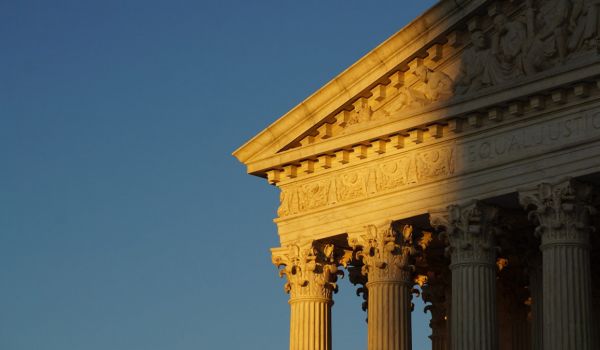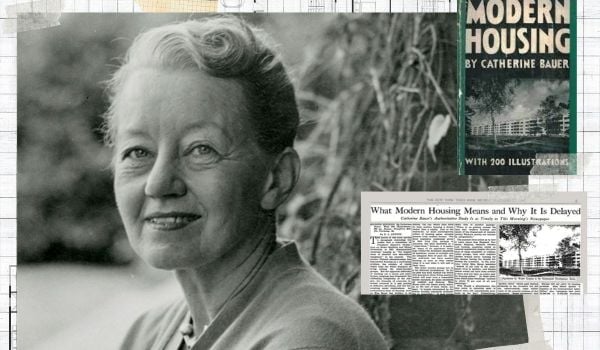In 2006 the Anti-Discrimination Center (ADC) filed a suit under the federal False Claims Act attesting that Westchester County had willfully misrepresented its use of federal Community Development Block Grant (CDBG) funds to affirmatively further fair housing from a period of 2000-2006. At this point you may be saying, “Big deal. Isn’t this just like any other ADC suit?” Well, yes. This suit is well within the realm of normal activity for ADC. However, this particular case is a HUGE deal. The suit recently culminated in what is perhaps the biggest slam dunk in a long while for fair housing in the United States.
In August 2009, when presented with the option of continuing litigation that might have ultimately resulted in between $150 million and $300 million in fines, Andrew Spano, Westchester County Executive at the time, opted to settle. Under the terms of the Settlement (aka a binding Federal Court Order), Westchester County will set aside $51.6 million to create at least 750 units of affordable housing by 2016. Concurrent with the objective that the Settlement affirmatively further fair housing, at least 630 of these units will be developed in areas whose population of African-American residents is less than 3 percent and Latino residents less than 7 percent. The eligible areas comprise 138,000 acres of census blocks across 31 municipalities.
On February 2 of this year Westchester County, now under the direction of newly elected County Executive Robert Astorino, released its plan to implement the terms of the Settlement. Just over a week later, court-appointed federal monitor James E. Johnson, a New York based litigator and partner in the firm Debevoise & Plimpton LLP, told Westchester County to go back to the drawing board. Johnson’s main suggestions for future improvement of the plan included greater specificity with respect to accountability, time frames and processes. In other words, the whole plan. Among the elements that Westchester failed to include in its first iteration — but which were terms of the Settlement — are a rigorous plan to market the new units to non-whites in Westchester County and New York City (and in so doing facilitate greater racial integration of the eligible areas*), identification of which government agency and staff people will be primarily responsible for overseeing the plan’s implementation, and how the county will elicit the compliance of municipal governments in selecting appropriate sites for the affordable units whose locations affirmatively further fair housing.
(*Though future occupants of these units need not be of a particular race, the Settlement requires that Westchester act to affirmatively further fair housing by marketing these units to non-white people in Westchester and New York City.)
Westchester County released its revised implementation plan a few weeks ago, on March 12. To be sure, the County has made progress towards addressing the concerns raised by Johnson. This iteration includes details on the process for selecting sites and developers, how Westchester will leverage the $51.6 million to acquire properties and provide infrastructure support to new and rehabbed units, the responsibilities of staff members vis-à-vis the implementation plan, and the roles of the County, municipalities and developers in marketing the units. Though Johnson has not yet made public his assessment of the revised plan, a March 16 HUD press release hints at what the near future may hold:
We have seen two versions of the implementation plan and, while the County has worked to improve it, there is still work to be done to set a clear strategy for promoting diverse, inclusive communities…The County must explain how it will utilize the full range of tools available to ensure the development of 750 new affordable homes in eligible high-opportunity communities and to overcome any anticipated barriers…
One of the “anticipated barriers” that HUD alludes to is the unholy grail of exclusionary municipal zoning code. Exclusionary zoning practice in Westchester County and across the United States has a well documented history of blocking the creation of affordable housing units, thereby also stemming efforts to affirmatively further fair housing. Westchester County has historically held that the home rule doctrine of New York State precludes it from having the legal authority to influence municipal zoning. However, this is in direct conflict with the fact that the terms of the Settlement require that Westchester take legal action against municipalities as needed. A major element of Rob Astorino’s platform in his successful 2009 campaign against Andrew Spano is his firm stance on home rule. In a letter to the editor in the Yonkers Tribune entitled Big Brother About to Descend on Westchester, Astorino lambasted Spano for entering into the Settlement and stated that the reason he and his fellow board members in the town of Mount Pleasant declined federal CDBG dollars is that they feared surrendering jurisdiction over local zoning. Well, so much for that. Depending on who you ask, there are between zero and five sources of law, including but not limited to the Fair Housing Act and the Settlement itself, that will help Westchester help itself. Rezoning is critical as it will not only enable the creation of the Settlement units but will likely decrease the development cost of affordable housing. In other words, rezoning under the Settlement will increase access to high opportunity neighborhoods for ALL individuals and families in generations to come.
















